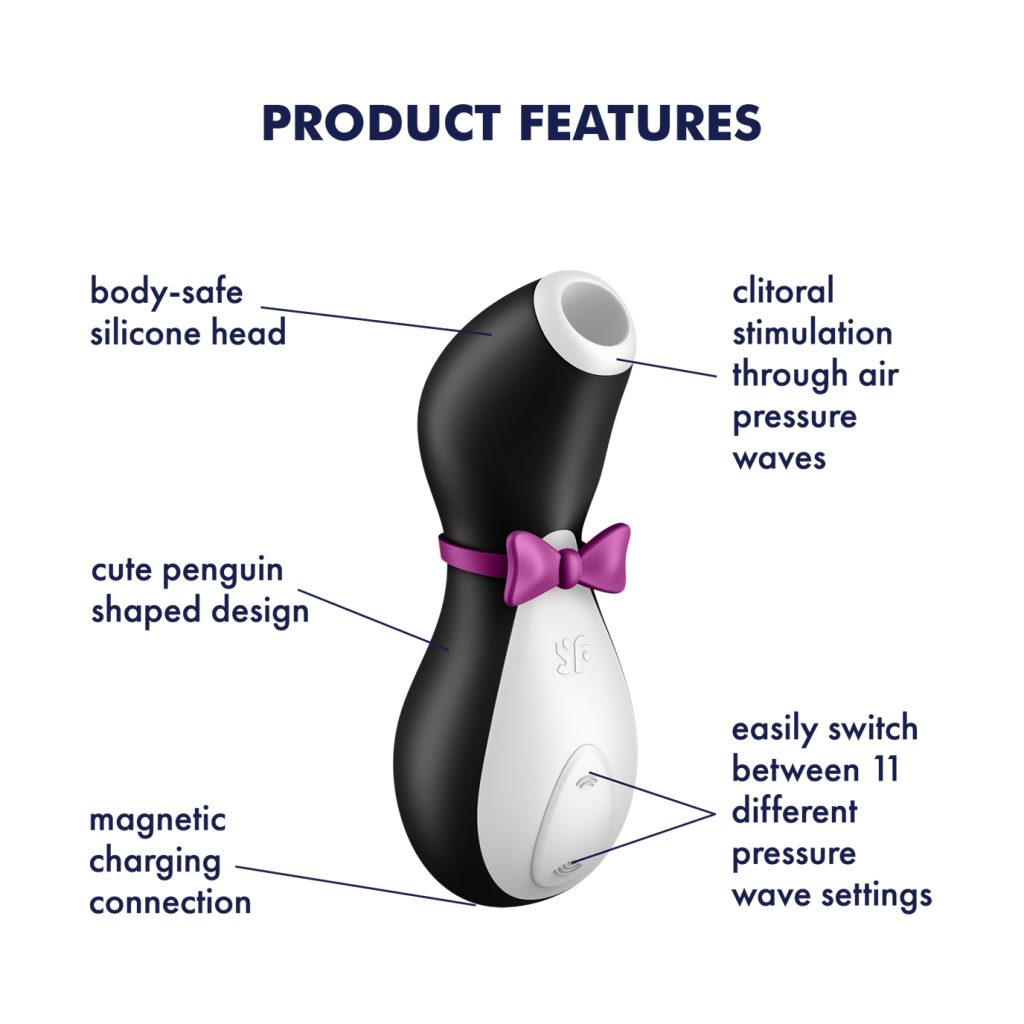The Penguin Satisfier: Unveiling the Secrets of these Flightless Birds
Penguins are one of the most fascinating and charismatic animals in the animal kingdom. With their distinctive black and white plumes, waddling gait, and endearing expressions, it is no wonder why penguins have caught the hearts of lots of people all over the world. However what makes penguins so distinct? What are their practices, environments, and characteristics that set them apart from other birds? In this article, we will look into the world of penguins and explore the idea of a "penguin satisfier"-- a term that refers to the important things that make penguins pleased and fulfilled.
Habitat and Distribution
Penguins are found in the Southern Hemisphere, with most of types living in Antarctica and the surrounding islands. They also inhabit the coastlines of South Africa, Australia, and South America. Penguins live in a variety of habitats, including rocky coasts, ice sheets, and even deserts. Each types of penguin is adjusted to its specific environment, with special plumes, beaks, and flippers that enable them to endure and thrive in their respective habitats.
Qualities and Behavior
Penguins are flightless birds, which means they are not able to fly like most other birds. Instead, they utilize their wings to swim and dive in the water. Penguins are exceptional swimmers, with some types reaching speeds of as much as 25 miles per hour in the water. They are likewise extremely social animals, living in colonies and participating in complex interaction habits.
Penguins are understood for their unique calls, which they use to communicate with each other. Each species of penguin has its unique call, which can range from an easy chirp to a complex series of sounds. Penguins likewise use body language to communicate, with raised plumes and aggressive posturing indicating risks or courtship habits.
What makes a Penguin Satisfier?
So, what makes penguins pleased and fulfilled? Here are some things that are known to bring joy to these charming birds:
- Food: Penguins love to consume, and their preferred foods are fish, krill, and squid. satisfyer penguin pro would include an abundance of these delicious treats.
- Swimming: Penguins are exceptional swimmers, and they invest many of their time in the water. A penguin satisfier would include plenty of opportunities for swimming and diving.
- Social interaction: Penguins are extremely social animals and take pleasure in the business of others. A penguin satisfier would consist of time with family and friends, along with opportunities for social interaction.
- Nesting: Penguins are known to form long-lasting monogamous relationships, and lots of species develop sophisticated nests to raise their young. A penguin satisfier would include a relaxing nest and a caring partner.
- Play: Penguins are spirited animals and delight in participating in activities such as moving on their stubborn bellies and having fun with rocks. A penguin satisfier would include plenty of time for play and enjoyable.
Types of Penguins
There are 18 different types of penguins, each with its unique characteristics and behaviors. Here are a few of the most popular types:
- Emperor Penguin: The largest penguin species, reaching heights of as much as 45 inches and weighing as much as 90 pounds.
- King Penguin: The second-largest penguin species, understood for its distinct yellow plumes and loud call.
- Rockhopper Penguin: A little penguin species with unique crests and red eyes.
- African Penguin: A medium-sized penguin species discovered along the shorelines of South Africa.
Preservation Status
Unfortunately, numerous penguin species are threatened or threatened due to habitat destruction, environment modification, and other human activities. The Emperor Penguin, for instance, is noted as near threatened on the IUCN Red List, while the African Penguin is noted as threatened. Conservation efforts are underway to safeguard penguin habitats and minimize the effect of human activities on penguin populations.
Frequently Asked Questions
Q: What is the average life-span of a penguin?A: The average life-span of a penguin differs depending upon the types, but many penguins can live for in between 15-20 years in the wild.
Q: Can penguins fly?A: No, penguins are flightless birds and are unable to fly.
Q: How do penguins interact?A: Penguins interact utilizing a variety of calls and body movement.
Q: What do penguins eat?A: Penguins primarily eat fish, krill, and squid.
Conclusion
Penguins are interesting creatures that bring delight and wonder to people around the globe. By comprehending what makes penguins pleased and satisfied, we can work to secure and conserve these extraordinary birds. Whether it's offering an abundance of food, swimming opportunities, or social interaction, penguin satisfiers are important to making sure the wellness and survival of these charismatic birds.
Additional Tips
Here are some extra pointers for discovering more about penguins and how to support conservation efforts:
- Visit a regional fish tank or zoo to find out more about penguins and their habitats.
- Donate to respectable preservation companies that work to secure penguin habitats and populations.
- Spread awareness about the value of preservation and the impact of human activities on penguin populations.
- Assistance eco-friendly and sustainable practices that reduce the effect of human activities on the environment.
By interacting, we can help make sure the survival and wellness of penguins and the communities they live in.

